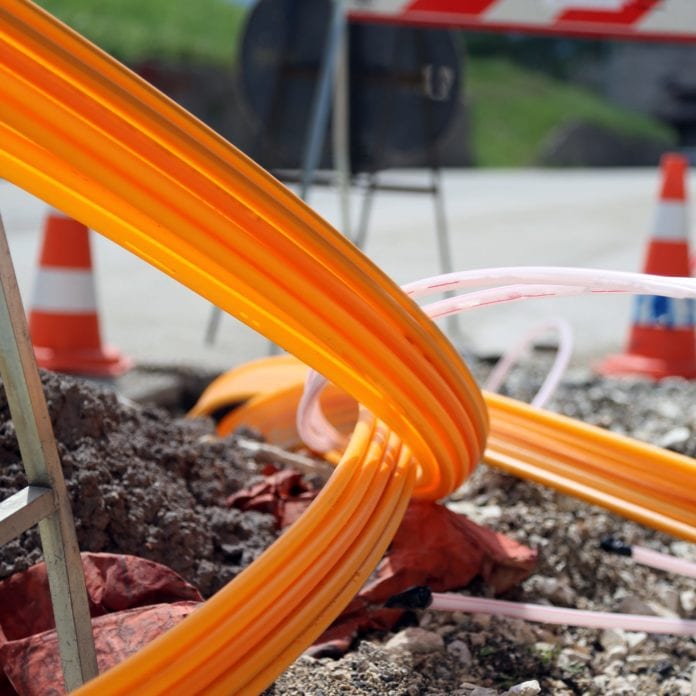LG Uplus using Nokia SDN for 5G transport automation
In discussions around operator 5G capex, the radio access and core networks get most of the mindshare. However, in tandem with RAN and core investments, telcos are also investing in 5G transport in order to effectively and flexibly scale in support of increasing data traffic and the need for rapid service delivery. To that point, Nokia recently announced 5G transport wins with new Japanese market entrant Rakuten Mobile and Korean carrier LG Uplus.
Rakuten Mobile is working to launch LTE services next month followed by 5G services later in the year. The operator is claiming the world’s only cloud-native network that takes a virtualized, multi-vendor approach to the RAN. With Nokia, Rakuten Mobile is building what the vendor calls a “first of its kind” photonic mesh backhaul network comprising both metro and long-haul backhaul links. The country-wide network employees Nokia’s 1830 Photonic Service Switch, the Photonic Service Engine 3 chipset.
Rakuten Mobile’s 4G and 5G network build also include deployment of edge data centers. Operator CTO Tareq Amin said the Nokia kit “enables us to achieve unprecedented levels of integration and performance building the mobile network.”
In Japan, LG Uplus is upgrading its transport network in support of 5G services and is working with Nokia to use software-defined networking to add automation capabilities to 5G transport management. The operator is using Nokia’s Network Service Platform and FP4-based IP routers. The long-view on 5G is using network slicing to automatically deliver services that correspond to specific data usage/creation profiles covering throughput, latency, reliability, security and so on. At the same time, operators can optimize their use of network and spectral resources.
LG Uplus’s Songchul Park discussed this in a statement that the carrier “provides differentiated services from competitors from sports and entertainment to games and life through 5G ultra-realistic service that changes our daily life. It was possible because the networks with low-latency, real-time network management, and automation functions strongly demanded by 5G could be deployed with Nokia in a timely manner.”

